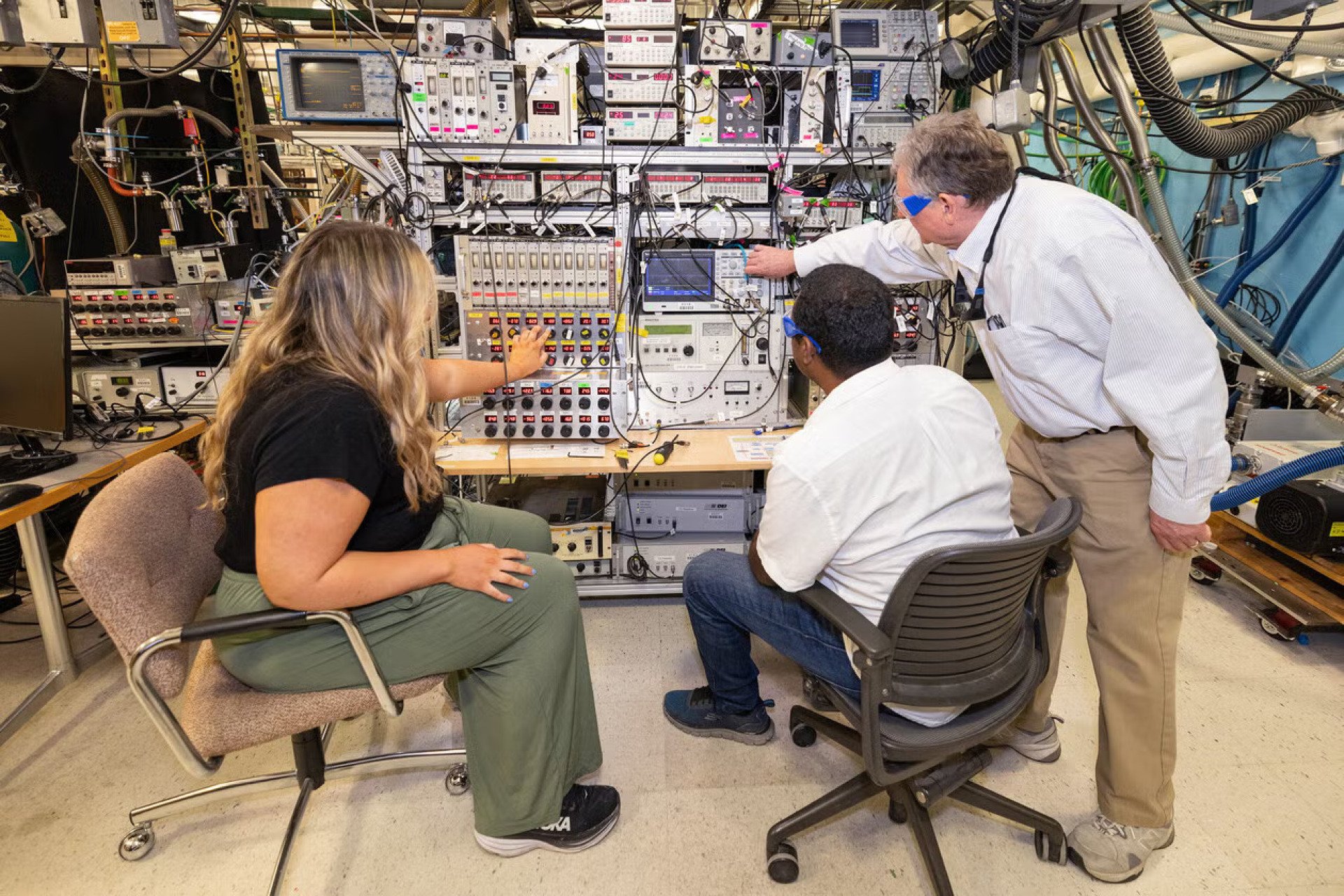Scientists at Yale University have achieved a significant breakthrough by directly observing the movement of protons through water for the first time in over 200 years. In a study published on September 11, 2023, in the journal Science, the researchers developed a method to track and measure protons’ journey, enhancing our understanding of fundamental chemical processes.
The team utilized a specially designed 30-foot-long mass spectrometer, a device that separates different elements by mass. This sophisticated instrument, which took years to customize, enabled the researchers to benchmark the speed at which protons travel through six charged water molecules. Senior author and chemist Mark Johnson emphasized the significance of the study, stating, “We show what happens in a tiny molecular system where there is no place for the protons to hide.”
Addressing Long-Standing Scientific Questions
The movement of protons in water has been a longstanding mystery in science. While their role is widely acknowledged in various applications, from energy storage to biological processes, tracking protons has proven challenging due to their small size and quantum mechanical properties. Johnson noted, “They aren’t polite enough to stay in one place long enough to let us observe them easily.” This elusive behavior complicates the understanding of how protons conduct charge through water, often described as jumping from molecule to molecule.
To facilitate their observations, the researchers employed 4-aminobenzoic acid, an organic molecule capable of capturing an extra proton at two distinct sites. The two locations absorb different colors of light, allowing the team to monitor proton movements accurately. Co-lead author Payten Harville, a postdoctoral student at Yale, explained that this setup enables protons to “get from one docking site to the other [by hitching] a ride on a water network ‘taxi.’”
Innovative Techniques and Implications
Utilizing their advanced mass spectrometer, the team conducted “destructive” analyses of each reaction at a rate of ten times per second, employing carefully timed lasers to capture the interactions. Although the experiment did not reveal the intermediate steps of the proton’s path through water, it established stringent parameters for the process. Johnson remarked, “We’re able to provide parameters that will give theorists a well-defined target for their chemical simulations.”
This research not only sheds light on proton behavior but also has the potential to refine experiments in fundamental chemistry. If the techniques developed at Yale can be adapted for broader use, they could significantly increase the precision of various chemical analyses.
As scientists have pursued this knowledge for over two centuries, the progress made by Yale’s researchers marks a pivotal moment in the field. The study opens avenues for future research that may further clarify the intricate processes governing proton movement in water, potentially reshaping our understanding of chemical dynamics.





































































